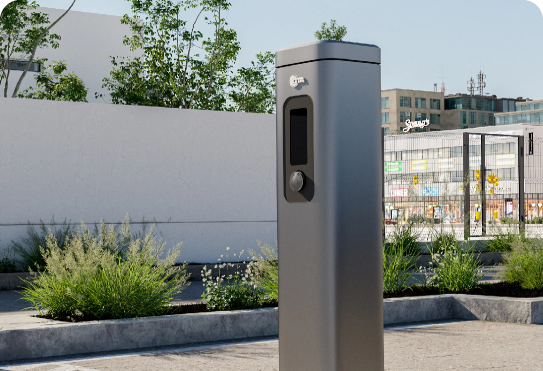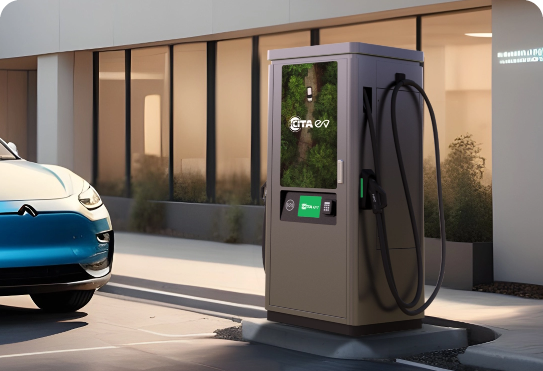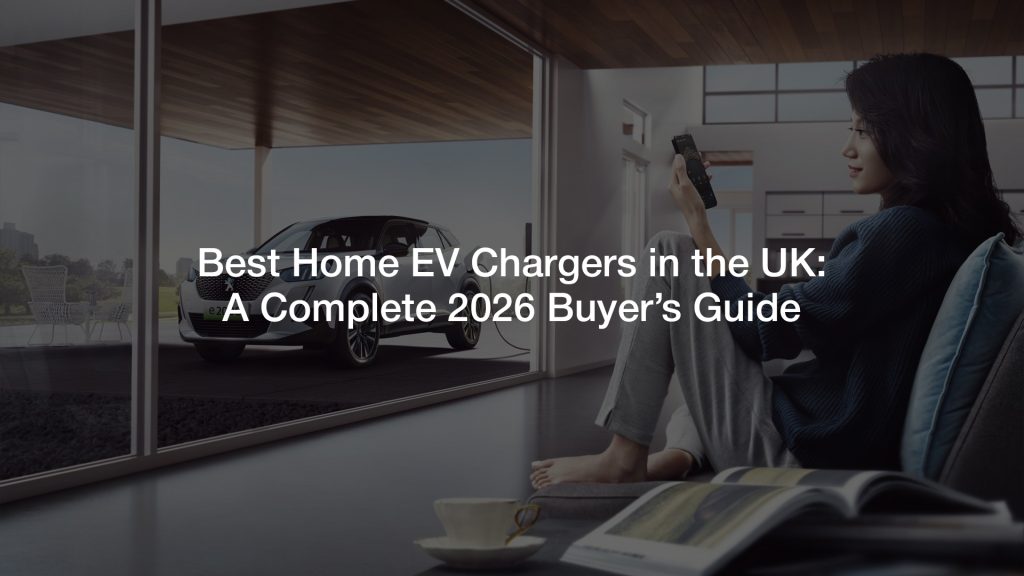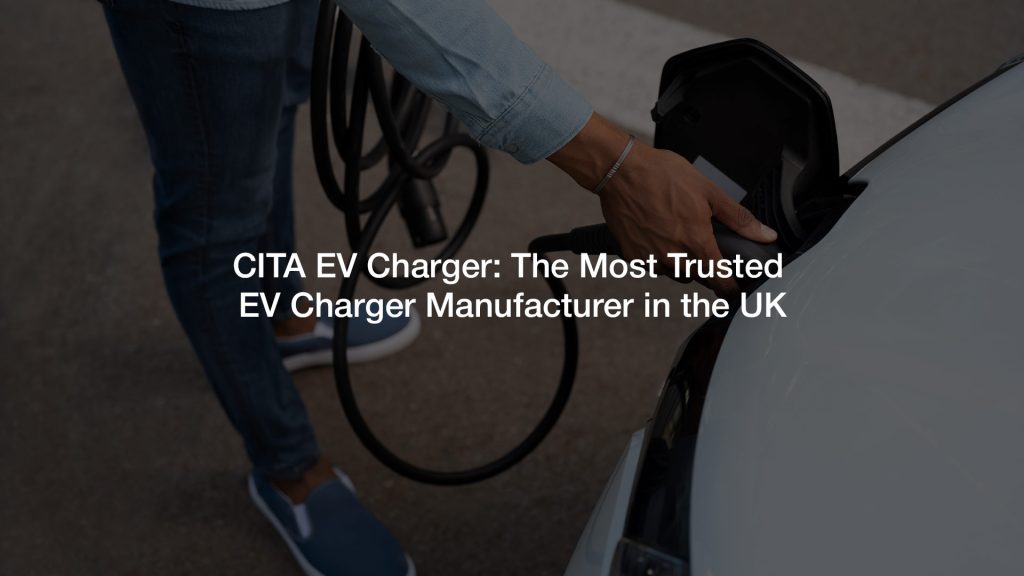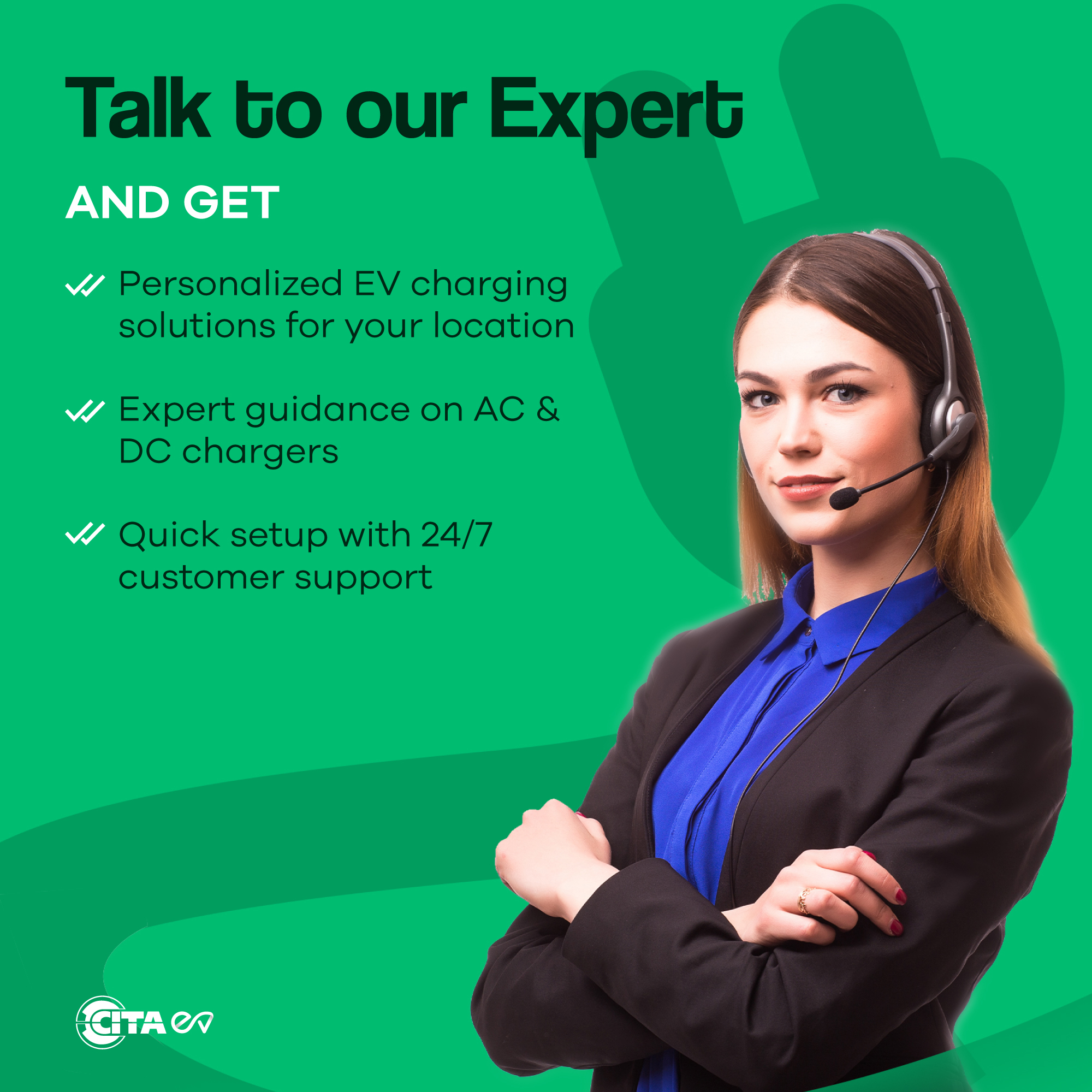Are you unintentionally damaging your EV charger? As the number of electric vehicles (EVs) increases, the need for dependable electric vehicle chargers becomes more critical. Whether you run charging stations for a company or possess an electric vehicle charger for home use, regular maintenance is very vital for guaranteeing long-term performance and efficiency. Meanwhile, many EV owners make simple but costly mistakes that can lead to charging issues or premature breakdowns.
The infrastructure for electric vehicle charging is developing fast. The UK carried out over 50,000 public charging stations as of 2024, although dependability is still an issue. According to recent Department of Transport statistics, about 40% of EV owners have had charging problems; household EV chargers are more likely to encounter problems, particularly during hours of maximum demand.
Your EV charger may be damaged by several elements, and many times multiple problems may be involved. Among the causes are overcharging, incorrect voltage supply, and neglect of maintenance. Knowing the typical mistakes that EV owners sometimes make will help you guarantee the lifetime and effectiveness of your charger. Some of the most common mistakes that could cause charger failures and expensive repairs are listed here.
This article will go over the most common mistakes people make with their electric car chargers and how to fix them. Many EV owners unintentionally participate in activities that can cause charger failures, lower efficiency, or perhaps irreversible harm. Knowing these dangers, from overcharging to improper voltage supply, will help your electric vehicle charger last for more years and guarantee dependable operation. Let us now explore the main problems together with their fixes.
Why Is My EV Charger Getting Damaged? Common Problems and Solutions

1. Weather Exposure and Water Damage
Problem: Despite IP ratings, prolonged exposure to Britain’s harsh weather elements—particularly driving rain, coastal salt spray, and winter freeze-thaw cycles—can gradually degrade charger components. Data shows that chargers installed in exposed locations without adequate protection experience 34% higher failure rates within the first two years.
Solution: Install a simple weather canopy above wall-mounted chargers, ensuring it extends at least 30cm beyond the unit on all sides. For pole-mounted installations, consider protective covers specifically designed for EV chargers. Regular inspection of seals and cable glands, particularly after severe weather events, can prevent moisture ingress before serious damage occurs. Apply dielectric grease to connection points annually to prevent corrosion in high-humidity environments common across the UK.
2. Cable Strain and Connection Damage
Problem: Improper cable handling creates tension at connection points, with 28% of charger failures traced to damaged cable terminations. This commonly occurs when cables are left hanging, repeatedly twisted, or when vehicles drive over them.
Solution: Always use the integrated cable management systems on your smart EV charger. When not in use, coil cables loosely following their natural curve rather than forcing tight coils. Install cable hangers or retraction systems to minimize ground contact. For public or shared charging points, consider ground-based cable protection channels to prevent trip hazards and cable crushing. Training all users in proper cable handling can significantly extend your charger’s lifespan.
3. Power Surges and Lightning Strikes
Problem: The UK experiences approximately 200,000 lightning strikes annually, with power surges being particularly common in rural areas. Unprotected chargers can suffer catastrophic component failure, accounting for 8% of warranty claims.
Solution: Install a dedicated surge protector for your EV charging circuit. For comprehensive protection, consider whole-house surge protection systems that guard all electrical equipment. During severe thunderstorms, temporarily disconnect your vehicle if safe to do so. Smart EV chargers with built-in surge protection offer an additional safeguard, automatically disconnecting during dangerous voltage fluctuations. For areas with known grid instability, battery buffer systems provide consistent power quality regardless of supply issues.
4. Overheating During Rapid Charging
Problem: Continuous high-power charging, particularly during hot weather, can cause internal components to exceed their temperature thresholds. This thermal stress accelerates component ageing, with chargers regularly operating at maximum capacity showing 40% higher failure rates of power electronics.
Solution: Ensure your charger is installed in a well-ventilated location away from direct sunlight. For home installations, avoid enclosed spaces without adequate airflow. Schedule high-power charging sessions during cooler parts of the day when possible. Most quality smart EV chargers include thermal management systems—ensure these vents remain unobstructed. For commercial installations with multiple chargers, maintain adequate spacing between units to prevent heat accumulation.
5. Dust and Debris Accumulation
Problem: Urban pollution, construction dust, and even pollen can penetrate charger housings over time, accumulating on circuit boards and cooling systems. This reduces cooling efficiency and can create electrical shorts, particularly in industrial areas or during home renovations.
Solution: Regularly clean external surfaces with a damp cloth—never use pressure washers or direct water sprays. For accessible vents, use compressed air cans to gently remove dust buildup. Schedule professional maintenance annually, including internal cleaning by qualified technicians. When renovation work is being conducted nearby, temporarily cover chargers with breathable dust sheets. Installing chargers at least 1.5 meters above ground level reduces dust accumulation from vehicle movements.
6. Impact Damage from Vehicles
Problem: Poorly positioned chargers are vulnerable to vehicle impacts during parking manoeuvres, with 12% of commercial charger replacements attributed to collision damage. Even minor impacts can compromise weatherproofing and internal connections.
Solution: Install protective bollards or wheel stops around charging points in parking areas. For home installations, consider wall-mounting chargers at heights that avoid direct impact with vehicle doors. High-visibility markings around charging stations increase awareness and reduce accident risk. Some newer charger models include impact-resistant casings with IK10 ratings—consider these for busy locations. CCTV coverage of charging locations can encourage more careful behaviour and provide evidence for insurance claims when damage occurs.
7. Electrical Supply Issues
Problem: Unstable electrical supplies with frequent brownouts or voltage fluctuations are common in some UK regions, particularly rural areas and during peak demand periods. These power quality issues can damage sensitive charging components, with approximately 15% of charger failures linked to poor supply quality.
Solution: Install power conditioning equipment for your charging circuit. Have a qualified electrician verify your supply quality before installation and upgrade incoming supplies if necessary. Smart EV chargers with built-in power monitoring can be programmed to pause charging during unstable supply conditions. For critical charging needs, consider battery buffer systems that provide consistent output regardless of grid conditions. Regular electrical inspections can identify deteriorating supply conditions before they cause damage.
8. Incorrect Installation Compromising Performance
Problem: DIY or unqualified installations frequently result in undersized cables, improper grounding, or inadequate circuit protection. Data shows that 22% of premature charger failures stem from installation issues rather than product defects.
Solution: Always use OZEV-approved installers with specific EV charging qualifications. Ensure installation complies with BS 7671 electrical regulations including the specific EV charging amendments. Professional installers should provide installation certificates and testing documentation. If moving into a property with existing chargers, have them inspected by qualified electricians before use. Consider smart chargers with built-in ground fault and leakage detection for additional safety.
9. Software Glitches and Firmware Issues
Problem: Outdated firmware can cause communication failures, charging interruptions, and security vulnerabilities. Approximately 9% of smart charger support calls relate to software rather than hardware issues, with older units most affected.
Solution: Ensure automatic updates are enabled on your smart EV charger. Regularly check the manufacturer’s website or app for available updates if your system doesn’t update automatically. For commercial operators, implement a firmware management schedule similar to IT equipment maintenance. Keep Wi-Fi networks secure and stable to ensure update delivery. Consider chargers from manufacturers with proven track records of long-term software support—some brands have abandoned older models, leaving them vulnerable.
10. Rodent and Pest Damage
Problem: Surprisingly common in rural and suburban UK locations, rodents can chew through cables and nest inside charger housings, causing short circuits and fire hazards. Approximately 5% of outdoor charger failures involve pest damage, with autumn and winter being peak seasons for such incidents.
Solution: Inspect cables regularly for signs of damage, particularly where they enter buildings or conduits. Consider rodent-repellent cable wraps or conduits for vulnerable installations. Keep areas around charging points clear of vegetation that could harbor pests. For known problem areas, ultrasonic rodent repellers provide non-toxic deterrence. Some professional installers now offer pest-resistant installation methods, including sealed conduits and protective mesh over ventilation openings.
Ensuring Longevity and Safety for Your EV Charger with CITA EV Charger

Avoiding common mistakes can help you to greatly increase the lifetime of your electric charger, reduce repair costs, and guarantee a safe and effective charging experience. Maximising performance and avoiding unneeded failures depend on proper maintenance and care as well as expert EV charger installation. Your charger will remain in top operating condition by following manufacturer specifications, using premium accessories, and following recommended charging methods.
Ensuring the dependability of electric chargers becomes more crucial for both personal and business customers as EV charging UK infrastructure keeps growing. Making wise judgements will result in a flawless and effective ownership experience, whether one is assessing EV charger installation costs or comparing EV charger prices.
CITA EV Charger presents modern ideas meant for safety, efficiency, and longevity for people looking for a premium electric charger for home or business use. UKCA-certified, CITA EV Charger guarantees adherence to UK laws and safety criteria. Supporting various kinds of connectors, CITA’s Charge Point Control System (CPMS) offers smart load control, remote diagnostics, and real-time monitoring to improve charging economy.
Further reflecting on their outstanding build quality and long-term dependability, CITA EV chargers also come with a 2-year warranty on DC chargers and a 3-year warranty on AC chargers.
Investing in a CITA EV Charger helps to contribute to a more sustainable future and keeps one ahead in the EV revolution. CITA EV Charger is the ideal choice for guaranteeing lifespan, efficiency, and safety in EV charging, whether your search is for dependable EV charging solutions in the UK or you wish to future-proof your charging infrastructure.





